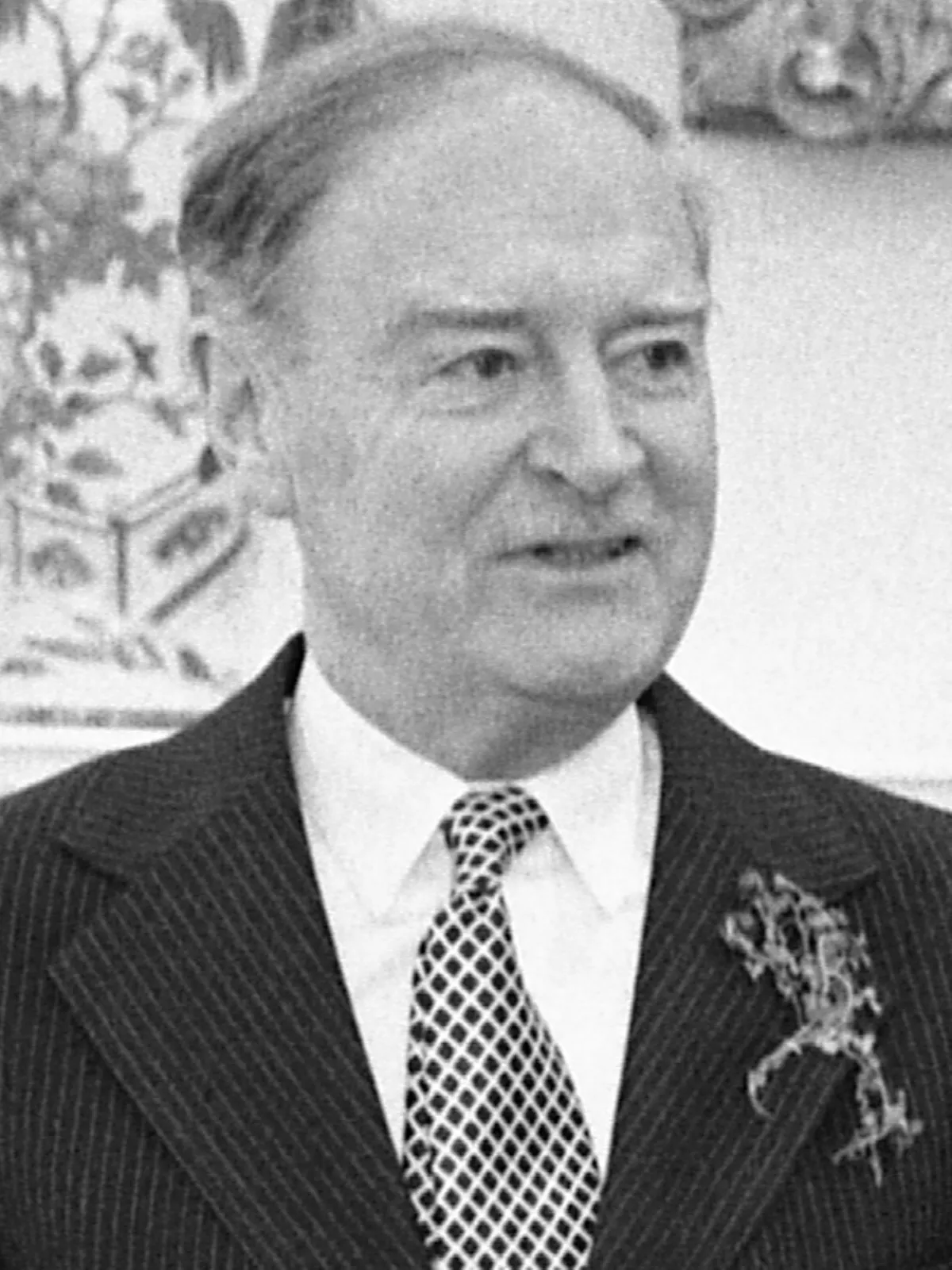 1.
1. Liam Cosgrave was an Irish Fine Gael politician who served as Taoiseach from 1973 to 1977, Leader of Fine Gael from 1965 to 1977, Leader of the Opposition from 1965 to 1973, Minister for External Affairs from 1954 to 1957, and Parliamentary Secretary to the Minister for Industry and Commerce and Government Chief Whip from 1948 to 1951.